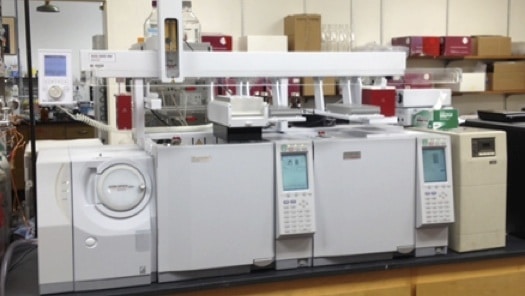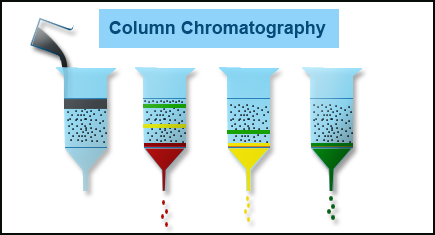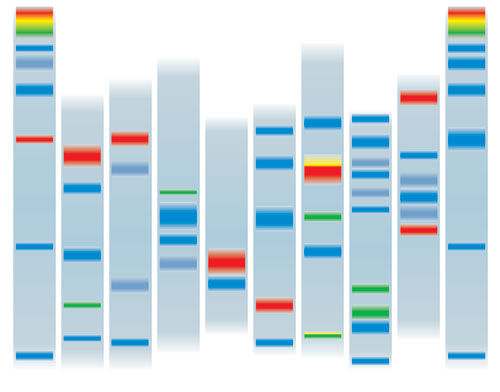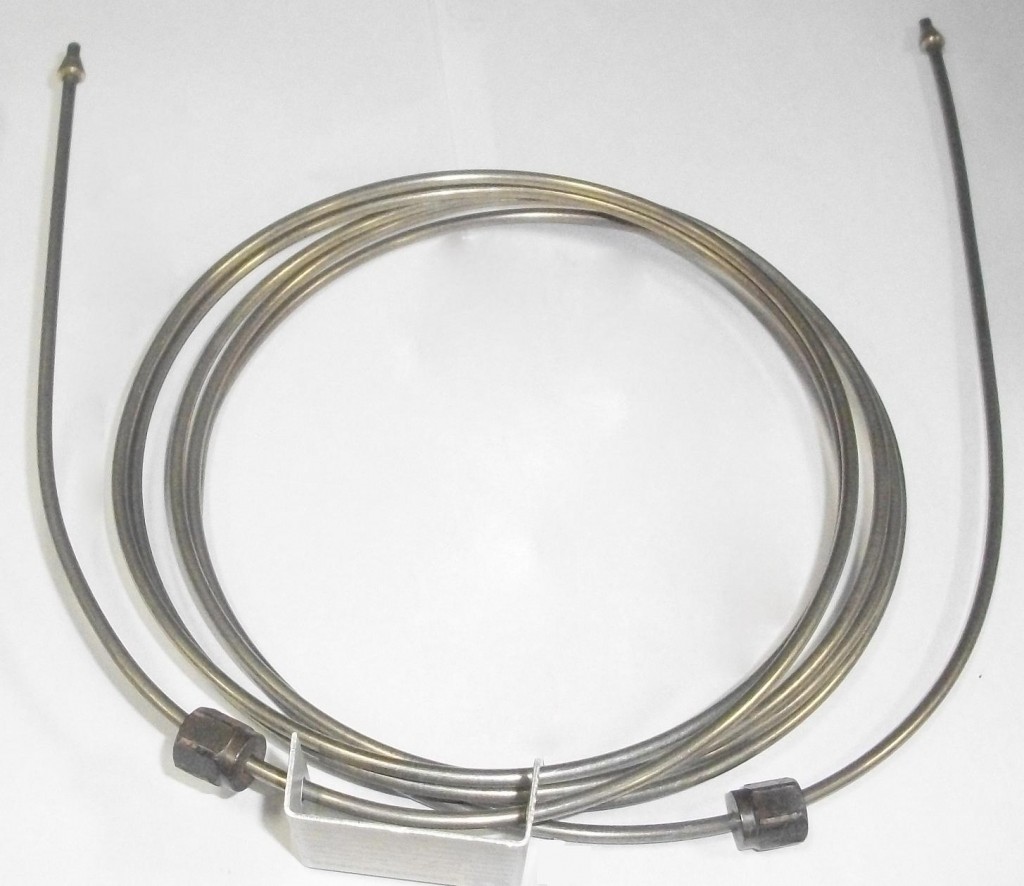What is Multi- dimensional GC?


Under normal GC operation a single column is mounted inside the column oven. This works fine with most common laboratory separations involving limited number of sample constituents (say,5 – 10). However, as the number of components having similar boiling points increases a single column is generally not sufficient to give the required resolution between the chromatographic peaks.
A complex sample containing hundreds or even thousands of components of varying volatilities may need very long columns , say, several kilometers and run times of over a year for a single chromatogram to give desired resolution between separated peaks. Multi dimensional chromatography comes to the rescue of the chromatographer when such challenging separations are encountered.
Multi dimensional GC makes use of more than one column, usually, two columns. Sample first gets partially resolved in the first column with non-polar characteristics. A portion of the eluent stream is led to the second short length polar column with narrow bore id. This arrangement helps resolve closely spaced peaks emerging from the primary column.The second column is kept short so as to facilitate a fast separation but at same time to achieve a meaningful resolution of overlapping peaks of compounds eluted by the first column.
Two options are available for transfer of eluents from first to second column. The first option is known as Comprehensive GC wherein the entire element is transferred to the second column. The second option is called heart- cutting which transfers only a small fraction of the eluent from first column to the second column.
Comprehensive GC is typically more complicated as the entire eluent from the first column enters the second column. Well separated peaks in the first column can merge or even interfere with the other peaks on passage through the second column. For this reason peaks emerging from first column are trapped or bunched in discrete fractions through modulation before being introduced into the second column. On the other hand under the heart- cutting option interference from preceding or succeeding peaks is eliminated by selecting a peak or a window of selected peaks before introduction into the second column. This reduces the loss of resolution between the two columns.
Multi dimensional GC has found use in resolving isomeric compositions and complex mixtures in analysis of flavours/fragrances, petrochemicals and organohalogen pesticides in environmental samples. The technique offers benefits such as improved resolution and speed of analysis but requires highly sophisticated data handling software and expertise in transfer of elements from one column to the other.





Responses